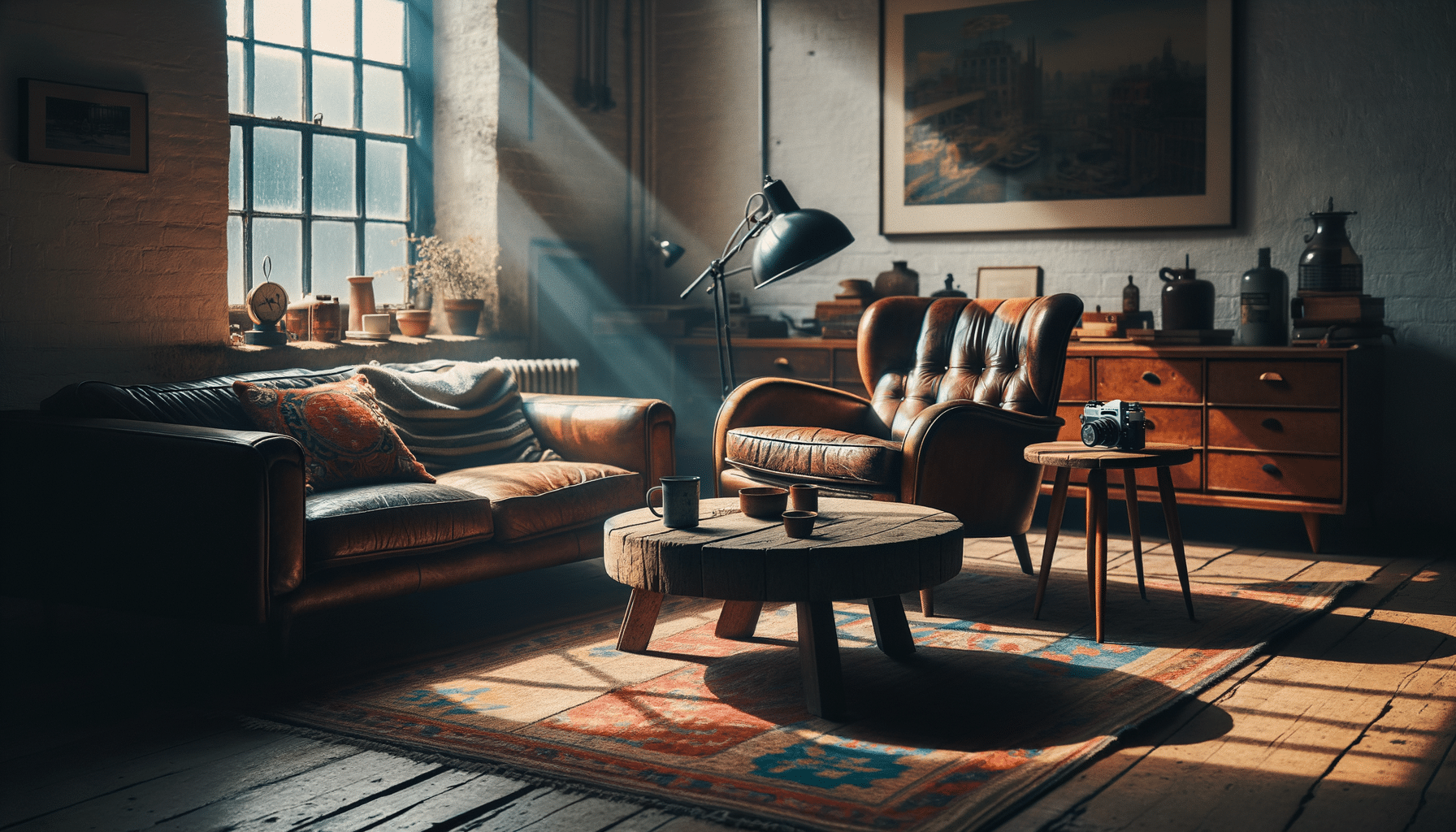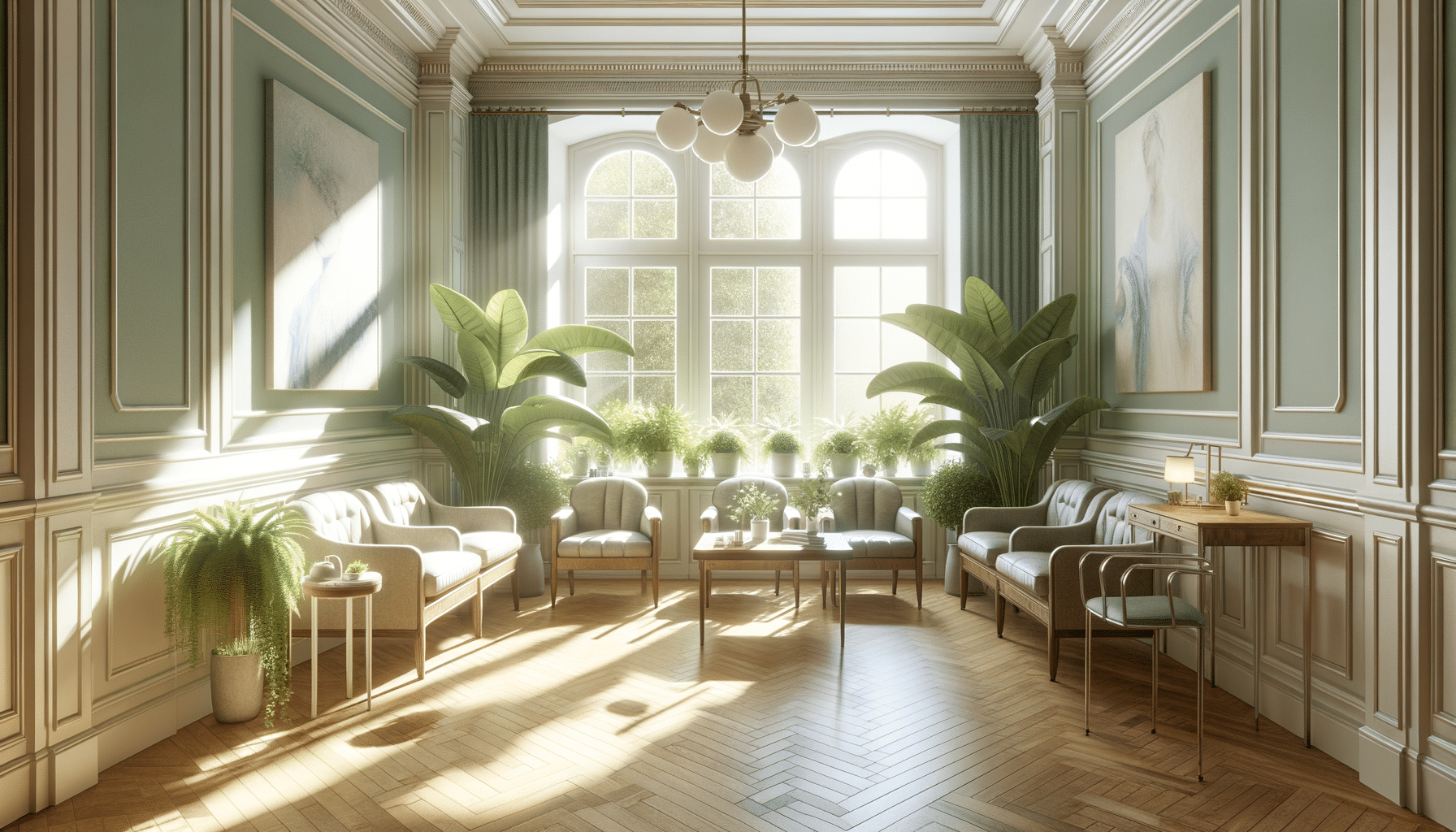
Secondhand Furniture Benefits: Cost Savings, Quality and Style
Introduction to Secondhand Furniture
In today’s world, where sustainability and cost-effectiveness are paramount, secondhand furniture presents an attractive option for many homeowners. The allure of pre-owned furnishings extends beyond mere affordability; it offers a unique blend of style, quality, and environmental consciousness. This article delves into the multifaceted benefits of choosing secondhand furniture, highlighting its potential to transform living spaces without breaking the bank.
Cost Savings and Financial Benefits
One of the most compelling reasons to consider secondhand furniture is the significant cost savings it offers. New furniture can be prohibitively expensive, especially for those furnishing an entire home. In contrast, purchasing pre-owned pieces allows homeowners to acquire quality items at a fraction of the original price. This approach not only stretches the budget further but also enables the acquisition of higher-end items that might otherwise be out of reach.
Moreover, the resale value of secondhand furniture often remains stable, making it a wise investment. Unlike new items that depreciate rapidly, well-maintained secondhand pieces can retain their value, allowing homeowners to recoup their investment if they choose to sell in the future.
Quality and Craftsmanship
Secondhand furniture often boasts exceptional quality and craftsmanship, particularly when it comes to vintage or antique pieces. These items were typically constructed with superior materials and techniques that are not always prevalent in modern manufacturing. As a result, secondhand furniture can offer durability and longevity that surpasses many contemporary options.
Furthermore, older furniture often features unique design elements and intricate detailing that add character and charm to any space. This level of craftsmanship can be difficult to find in today’s mass-produced furniture market, making secondhand pieces a desirable choice for those seeking individuality and style.
Environmental Impact and Sustainability
Choosing secondhand furniture is a sustainable choice that contributes positively to the environment. By opting for pre-owned items, consumers help reduce waste and decrease the demand for new resources required to produce new furniture. This reduction in manufacturing demand leads to less energy consumption and a smaller carbon footprint.
Additionally, purchasing secondhand furniture supports the circular economy, where resources are reused and recycled rather than discarded. This approach not only benefits the planet but also fosters a culture of sustainability and responsibility among consumers.
Unique Style and Personalization
Secondhand furniture offers an opportunity to create a truly personalized and eclectic home environment. Unlike mass-produced items, pre-owned pieces often carry a history and character that can add depth and interest to any room. Vintage and antique furniture, in particular, can serve as conversation starters and focal points, bringing a sense of nostalgia and uniqueness to a space.
Moreover, the diverse range of styles and eras available in the secondhand market allows homeowners to curate a collection that reflects their personal taste and creativity. Whether blending modern with vintage or incorporating bold, statement pieces, secondhand furniture provides endless possibilities for customization and design.
Conclusion: Embracing the Benefits of Secondhand Furniture
In conclusion, secondhand furniture presents a viable and appealing option for homeowners seeking to furnish their spaces with quality, style, and sustainability in mind. From significant cost savings to unique design potential, pre-owned pieces offer a wealth of benefits that align with modern values of environmental consciousness and financial prudence. By embracing secondhand furniture, individuals can create homes that are not only beautiful and functional but also reflective of a commitment to making responsible and informed choices.


